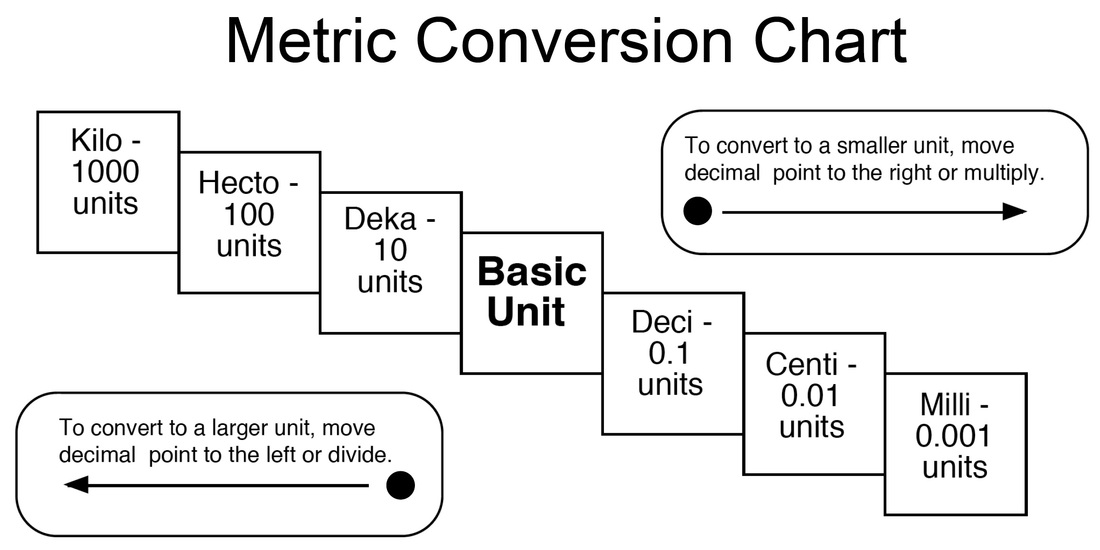This article was first published on GNLU's only student run online magazine - Jury's Out.
In May 2014, the BJP won a historic victory in the general elections and managed to secure a single party majority in the Lok Sabha, a feat which hadn’t taken place for atleast the two preceding decades. However, despite the overwhelming majority of BJP’s National Democratic Alliance in the Lok Sabha, the government has not been able to achieve some of its major legislative objectives such as passing the Goods and Services Tax Act, because India’s bicameral legislative system requires any bill to pass not just the Lok Sabha but Rajya Sabha (the House of States), as well. Despite its poor showing in the 2014 general election Congress remained the single largest party in the Rajya Sabha and along with the other parties could muster enough votes to block government bills.
Thus, when elections were held for 57 Rajya Sabha seats earlier in June this year, one would have expected keenly contested polls with each side hoping to maximise their numbers.
However, this could not be further from the truth. Of the 57 MPs chosen, 30 i.e. more than half were elected unopposed from eight states. Even in the states where elections were conducted, most states had just one more candidate than the number of seats up for grabs. In Uttar Pradesh for example, there were 12 candidates vying for 11 seats which is in stark contrast to the 2012 legislative assembly elections in Uttar Pradesh. In those elections there were 6839 candidates contesting for just 403 constituencies and not a single constituency had less than 6 candidates in the fray.
The reason for the apparent apathy with regard to the Rajya Sabha elections is because the Rajya Sabha MPs are elected by the Members of the Legislative Assembly of each state using the single transferable vote system. Since the parties know how many MLAs they have in each assembly they are content to divide up the Rajya Sabha seats in the same proportion rather than putting up candidates and vying to get other party MLAs’ support as well.
This has led to a situation where any party leader can get elected to the Rajya Sabha regardless of his relationship with the state he is contesting from. In the present round of elections, Railway Minister Suresh Prabhu whose entire political career has been from Maharashtra, has been elected unopposed from Andhra Pradesh. Another minister, Venkaiha Naidu is from Andhra Pradesh but previously represented Karnataka in the Rajya Sabha and has just been elected from Rajasthan in 2016. Similarly, veteran lawyer Ram Jethmalani who has spent his entire career in Mumbai or Delhi has been elected unopposed from Bihar on an RJD ticket, a party he just joined.
The use of Rajya Sabha by political parties in this manner completely defeats the original intention of the framers of the Constitution. They intended that MLAs would send local leaders to the Upper House to represent the view of the state while debating central legislation.
The obvious question that arises is that; why don’t local MLAs refuse to vote for outsiders parachuted in by the party high command. With the possibility of a local rebellion the party big wigs would have hesitated from putting up candidates with no local background. In 2003, the Parliament amended the Representation of People’s Act to base the Rajya Sabha elections on an open ballot system rather than closed or secret ballot. This means that the way each MLA votes is now public knowledge and any MLA voting in defiance of the party whip can face action from the party as the Janta Dal (Secular) MLAs are finding out in this election cycle.
Furthermore, the same amendment also removed the requirement that a candidate for Rajya Sabha elections be an elector in the State which he seeks to represent. Though prior to 2003, some MPs did anyway represent states they did not have any relation to, the most prominent example being former PM Manmohan Singh as a Rajya Sabha MP from Assam, yet this requirement at least tried to ensure that the Rajya Sabha representatives be from the State they represent. Following the removal of this provision, the abuse has only grown. The interests of the people of the states they are supposed to represent have been sacrificed to make Rajya Sabha an avenue for political parties to get their senior and/or unelectable leaders into the Parliament, real quick.
If we truly desire that Rajya Sabha serve the purpose of giving states a voice in the affairs of the Centre it would be prudent to overhaul the system of Rajya Sabha elections. Step one should be the roll back of the 2003 amendments. Following that, India would be wise to consider a complete overhaul in the days to come. Strict residence requirements for candidates, direct elections with the state divided up into larger constituencies or even whole state as one constituency (similar to Senate elections in the US) are all ideas which may give results more in line with the intended purpose of the Rajya Sabha.



